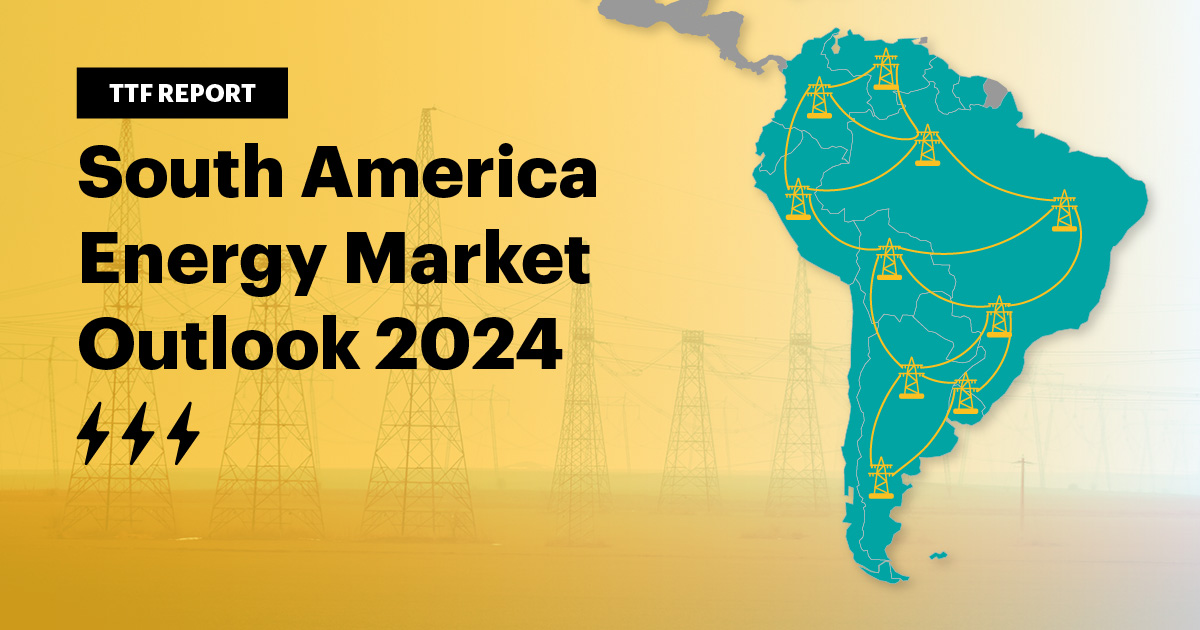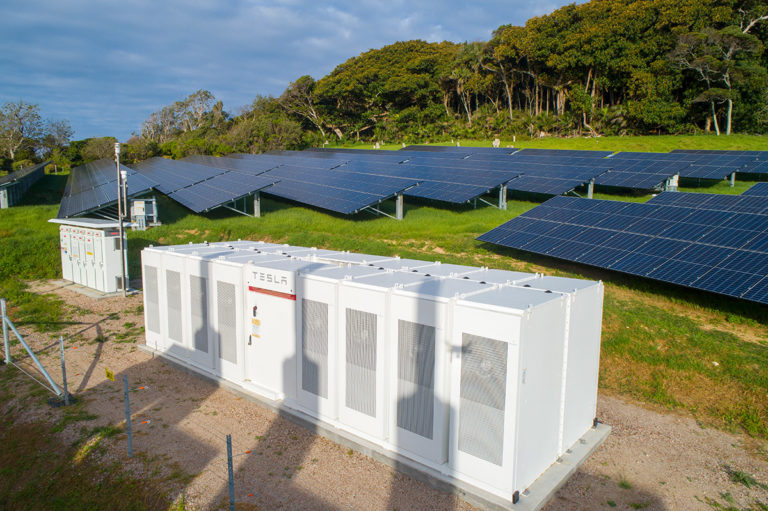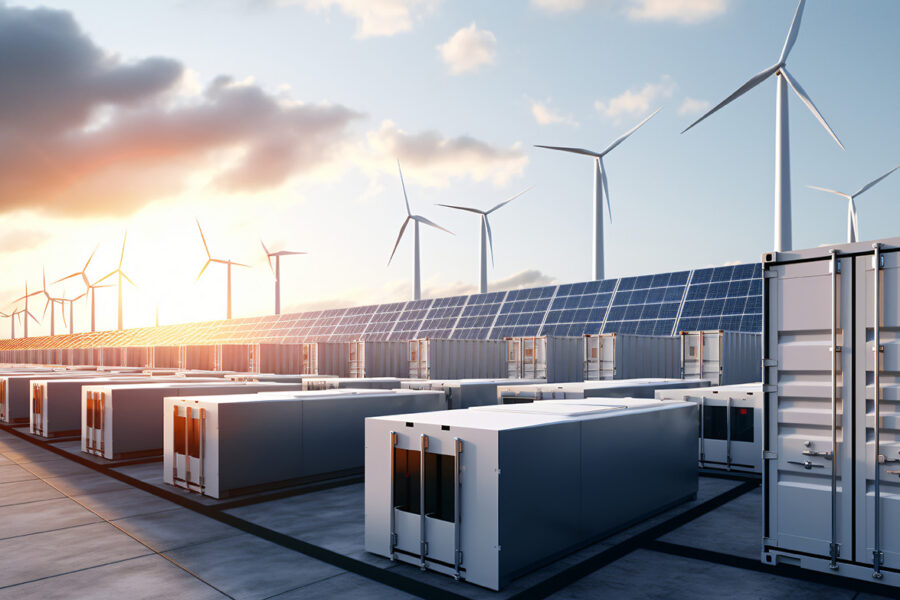
Microgrids are a significant trend in South America’s energy landscape due to the diverse natural resources. A microgrid is a localized, small-scale power grid that operates independently or in conjunction with the main electrical grid. It provides energy for a specific area like a neighbourhood, campus or industrial sites. It represents a promising solution for enhancing the resilience, efficiency and sustainability. The local energy resources and advanced technologies in the region provide benefits for a wide range of application. Microgrids find use in commercial and industrial sites, remote areas, urban areas and military bases.
A side tie is a component used to secure conductors to insulators on overhead transmission lines. It ensures the conductors remain in place and maintain proper tension and alignment. The side tie also maintains the mechanical stability and electrical performance of the systems. Side ties are able to withstand dynamic loads, environmental exposure and maintain reliable performance.
South America has abundant renewable energy resources like solar, wind and hydropower. Microgrids can ease the integration of these resources into the electrical grid and local energy mix. Microgrids also reduce the reliance on fossil fuels and contribute to energy security. Development of microgrids foster entrepreneurship and innovation. This leads to job creation and improved economic activity.
Key components of a microgrid
A microgrid consist of several components working together to generate, store, distribute and manage electricity within a localized area. Integration of these resources and technologies enhances the energy security in South America. This helps reduce environmental impact and provide resilience against grid disruptions. Side ties are from durable materials that withstand the diverse environmental and weather conditions in South America. These materials include aluminum-clad steel, galvanized steel, copper, aluminum alloy and synthetic materials. The following are the key components of microgrids.

- Energy generation sources – there are abundant renewable energy sources. Such include solar, wind and hydroelectric generators. There are also non-renewable energy sources and combined heat and power systems.
- Energy storage systems – these systems help to store excess electricity generated by renewable energy sources. They include battery storage, thermal storage and flywheel energy storage systems.
- Control and management systems – there may be centralized systems that manage the distribution and balance of electricity within the microgrid. Energy management systems also control the generation, storage and consumption of energy.
- Distribution network – these include cables and conductors, switchgear and transformers. These help deliver electricity from the generation sources to the consumers. They also manage the flow of electricity within the microgrid. such include circuit breakers, fuses and disconnect switches.
- Load management – demand response systems adjust electricity usage by consumers based on supply conditions. This helps to balance demand with available generation. Smart meters also enable better demand management and billing accuracy.
- Integration with the main grid – this is the point of common coupling where the microgrid connects to the main grid allowing for the import or export of electricity. The grid-tie inverters convert the microgrids electricity to match the voltage and frequency of the main grid.
Benefits of microgrids in South American energy infrastructure
Microgrids offer various benefits to the south American energy infrastructure in 2024. This is by enhancing resources, reducing costs and improving access to electricity. They play a role in driving environmental sustainability, technological innovation and disaster resilience. A side tie from advanced materials reduces the environmental footprint of side ties. The following are the benefits of the microgrids.

- Energy security and resilience – microgrids provide a stable and reliable power supply in areas prone to outages. Microgrids operate independently to ensure continuous power supply to critical facilities and communities.
- Improved access to electricity – microgrids are ideal for providing electricity to remote and rural regions. They provide access to reliable power to enable economic development and improved healthcare.
- Environmental sustainability – use of renewable energy sources and improving energy efficiency helps reduce carbon emissions and other pollutants.
- Grid stability and efficiency – microgrids help manage peak loads by distributing energy locally. They help reduce the strain on the central grid and prevent blackouts. Local generation and distribution reduces energy losses related with long distance transmission.
- Technological innovation and development – adoption of microgrids drives innovation in clean energy technologies. They also contribute to the development of smarter and flexible energy systems that can adapt to changing energy demands.
